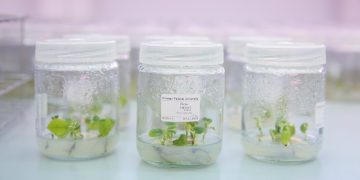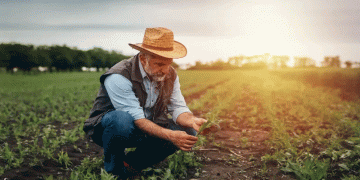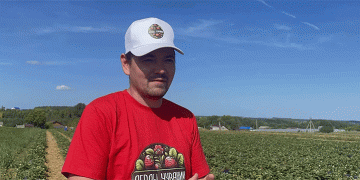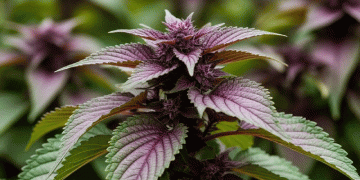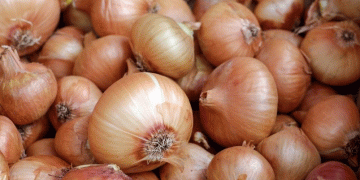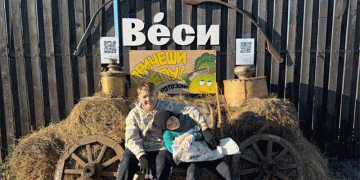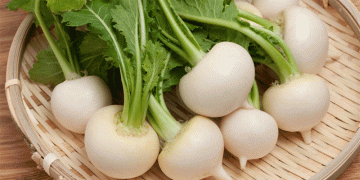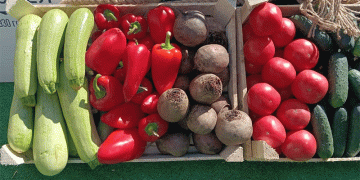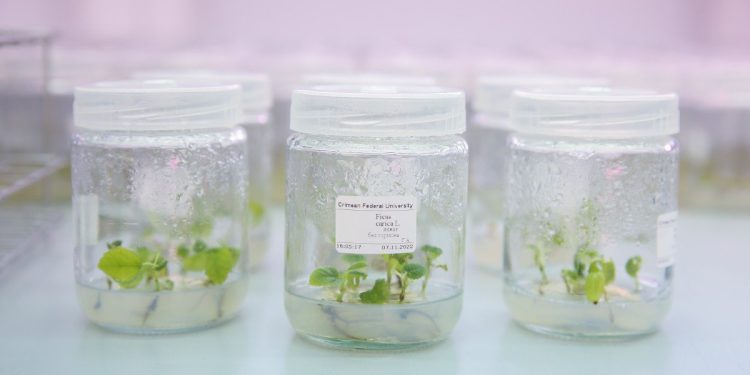Scientists from the Crimean Federal University have planted two thousand fig seedlings obtained by micropropagation of plants and will lay a fig garden. The project is being implemented as part of the selection and nursery center and the national project “Science and Universities”. This was announced by Lavr Kryukov, head of the laboratory of microclonal propagation of plants at KFU.
“We took the raw material from our plantation, brought the plants to the laboratory and placed them in special nutrient media. Depending on the type and variety of plants, different nutrients are selected for these media. The main thing that is used: micro- and macrosalts, vitamins, hormones and carbohydrates – sucrose, maltose and others. We cultivate some plants on solid nutrient media, and some on liquid ones. For the latter, we use a bioreactor – a vessel with a nutrient medium, where the plant receives the necessary substances and air, ”said Lavr Kryukov, specialist of the Center for Advanced Scientific and Technological Development of KFU.
So, using the method of microclonal propagation, scientists received two thousand seedlings from only ten branches of the plant. Now the seedlings have already been acclimatized and transplanted into the ground in the adaptation greenhouse.
“In the adaptation greenhouse, the plants become accustomed to natural weather conditions, as in the in vitro system they grew in a controlled environment. Here the temperature fluctuates from +5°C to +25°C. And watering is done once a week,” said Konstantin Ivanchenko, Associate Professor of the KFU Agrotechnological Academy.
According to the expert, the southern coast of Crimea has the best conditions for growing figs. It is there, in Foros, that the experimental field of the selection and nursery center for subtropical fruit crops of KFU is located, where a fig garden will be laid. The seedlings will stay in the greenhouse until mid-late spring.
In addition, in 2023 KFU specialists plan to add figs to the register of breeding achievements. To do this, they conducted research on subtropical culture for four years: they analyzed the yield of trees that already grow on the plantation of the university, and the quality of their fruits.
Scientists will collect the first harvest from new seedlings in two or three years, and the industrial one is predicted in five years.
